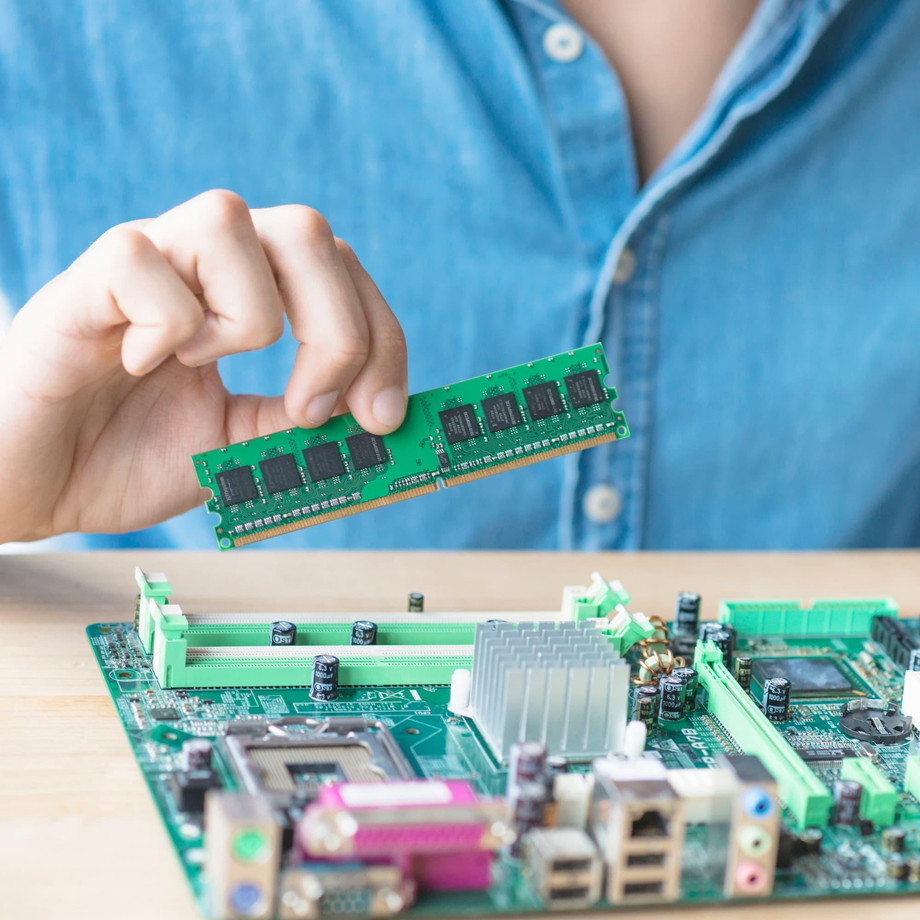In the rapidly evolving field of medical device development, embedded hardware services play a crucial role in ensuring that devices are not only functional but also reliable, safe, and compliant with regulatory standards. The integration of advanced technology into medical devices has transformed patient care, enabling more accurate diagnostics, better treatment options, and improved monitoring capabilities. This blog explores the critical embedded hardware services essential for developing innovative medical devices and highlights their significance in the healthcare sector.
Understanding Embedded Hardware in Medical Devices
Embedded hardware refers to the specialized computing components that perform dedicated functions within a medical device. This hardware typically includes microcontrollers, sensors, communication modules, and power management systems. Unlike general-purpose computing systems, embedded hardware is optimized for specific tasks, which is vital in the medical field where precision and reliability are paramount.
Key characteristics of embedded hardware in medical devices include:
- Real-Time Performance: Medical devices often require immediate data processing to make timely decisions, particularly in life-supporting applications.
- Low Power Consumption: Many medical devices, especially wearable or portable ones, must operate on limited power sources to enhance portability and patient comfort.
- Compact Design: Space is often at a premium in medical devices, necessitating compact and efficient hardware designs.
- Robustness and Reliability: Medical devices must withstand various environmental conditions and continue to operate without failure over extended periods.
The Role of Embedded Hardware Services
The development of medical devices is a complex process that involves several stages, including design, prototyping, testing, and production. Embedded hardware services encompass a wide range of activities that are critical at each of these stages:
1. Design and Prototyping
The initial phase of medical device development involves the design and prototyping of embedded hardware. This includes:
- Requirement Analysis: Understanding the specific needs of the medical application, including performance, safety, and regulatory compliance.
- System Architecture: Developing a detailed architecture that defines the interactions between hardware components and software systems.
- Prototyping: Creating physical models of the embedded hardware to evaluate functionality and design effectiveness.
By leveraging expert embedded hardware design services, developers can create prototypes that accurately reflect the intended functionality of the medical device.
2. Testing and Validation
Once a prototype is developed, thorough testing and validation are essential to ensure the device meets all performance and safety standards. This phase includes:
- Functional Testing: Verifying that all hardware components perform their intended functions under various conditions.
- Regulatory Compliance Testing: Ensuring the device complies with industry standards such as ISO 13485 and FDA regulations. This includes electrical safety, electromagnetic compatibility, and biocompatibility testing.
- Usability Testing: Assessing how easily healthcare professionals and patients can use the device, which is critical for ensuring effective adoption in real-world settings.
3. Production and Quality Assurance
The transition from prototype to production requires robust quality assurance processes to maintain high standards in embedded hardware. Key activities include:
- Manufacturing Support: Collaborating with manufacturing partners to ensure that embedded hardware can be produced efficiently and cost-effectively without compromising quality.
- Quality Control: Implementing rigorous quality control processes to monitor the performance of hardware components throughout the production process.
- Post-Market Surveillance: Continuously monitoring the device's performance in the field to identify potential issues and make necessary updates or improvements.
Importance of Partnering with Expert Embedded Hardware Services
Collaborating with specialized embedded hardware service providers is critical for successful medical device development. These experts bring valuable insights and experience that can significantly enhance the development process:
- Access to Advanced Technologies: Embedded hardware service providers often have access to cutting-edge technologies and tools that can accelerate the development timeline.
- Regulatory Expertise: Navigating the complex landscape of medical device regulations can be daunting. Experienced service providers are well-versed in the requirements and can guide developers through the compliance process.
- Risk Mitigation: By utilizing expert services, companies can minimize risks associated with product failures, safety issues, and regulatory non-compliance.
Conclusion
The development of medical devices is a challenging endeavor that requires a deep understanding of embedded hardware services. As technology continues to advance, the demand for innovative medical devices will only increase. By investing in critical embedded hardware services, developers can create devices that not only meet the rigorous demands of the healthcare sector but also enhance patient outcomes.
In an industry where lives are at stake, the importance of reliable, efficient, and compliant embedded hardware cannot be overstated. As healthcare continues to evolve, so too must the technologies that support it, making the role of embedded hardware services more crucial than ever. By partnering with experienced providers, medical device developers can ensure they are at the forefront of innovation, delivering solutions that improve the quality of care worldwide.
To Know More About embedded hardware services

